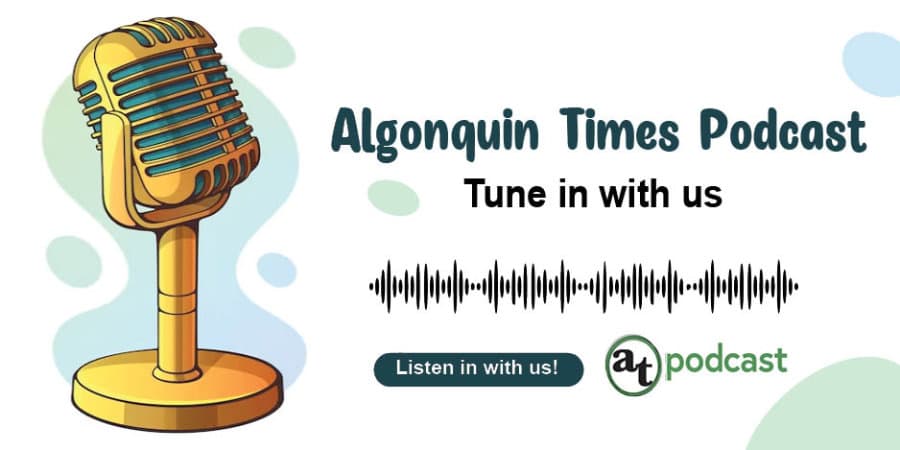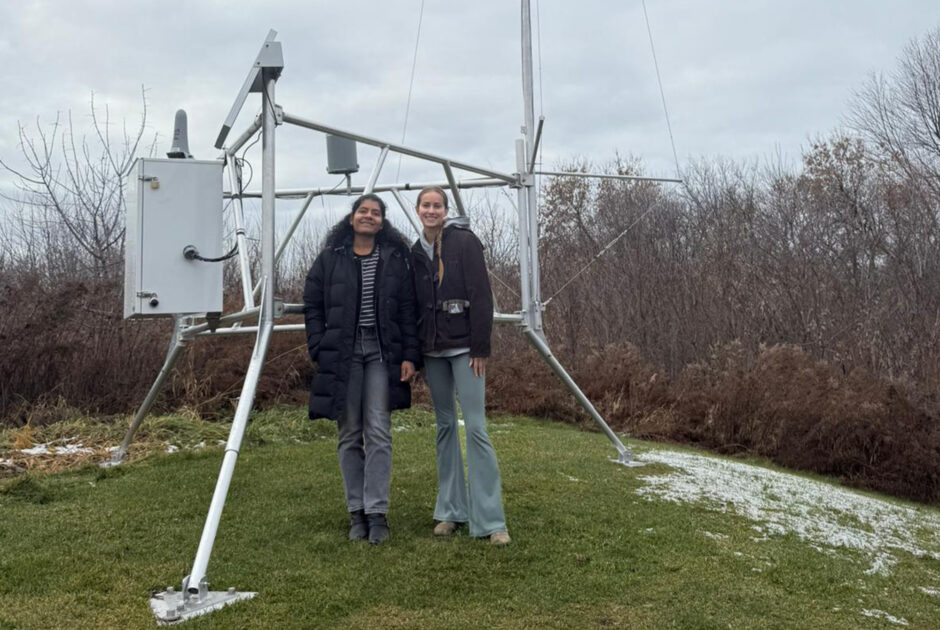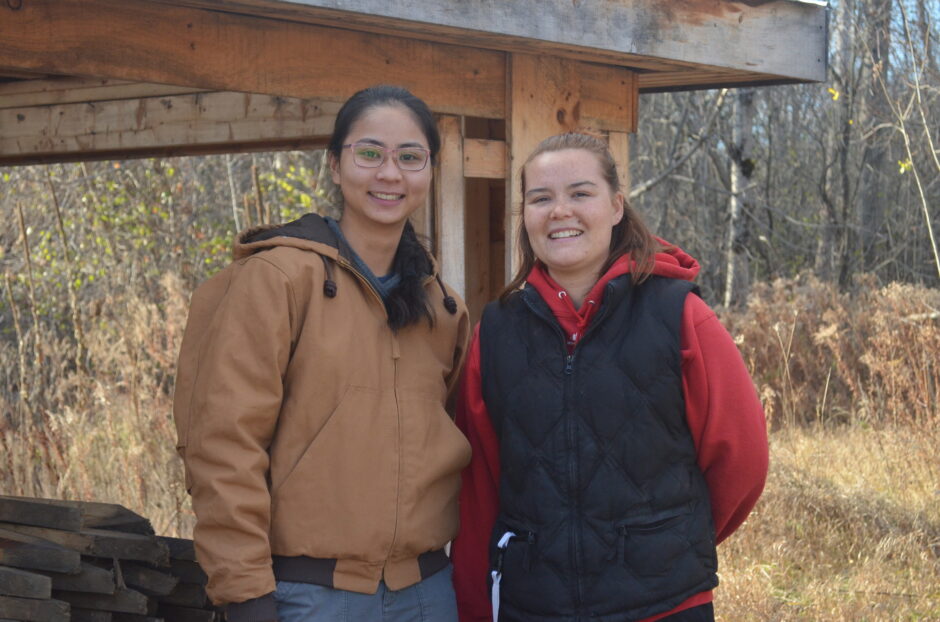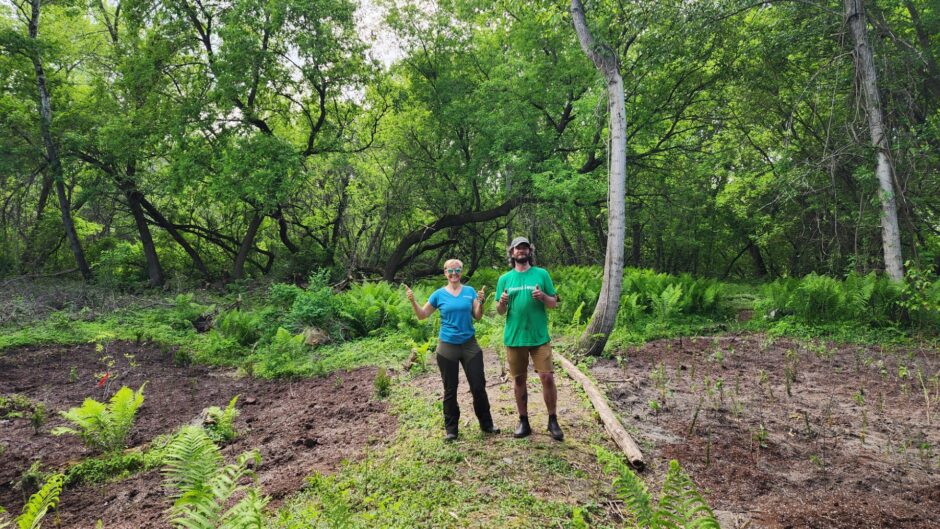Learning from home is harmful to students’ mental health, studies show

We’re calling it “the new normal,” but we’re doing it ironically — there’s nothing normal about the way we live now.
Before the pandemic hit seven months ago, we had classrooms to gather in. Now, we’re all just talking boxes on screens. Most of us only get dressed above the waist to sit in makeshift home offices making consecutive Zoom calls.
I can remember the excitement I felt the first time I stepped into my homeroom last fall. Meeting new people was only half of it. The atmosphere of being in a place of learning, the buzz of activity all around me — these are the things that gave me the motivation to wake up for class every morning. These days I feel a lack of focus like I’ve never experienced, and I’m not alone.
According to an Aug. 21, 2020 study from FlexJobs and Mental Health America, remote learning has been harmful to our mental health. A survey of 1,500 Americans working remotely due to COVID-19 revealed 75 per cent of respondents experienced ”burnout” at work before the pandemic, and 40 per cent said they experienced increased burnout after they started working remotely.
Burnout is a syndrome triggered by extreme workplace stress and characterized by exhaustion, negative feelings about a job, and reduced productivity at work.
As the pandemic has persisted, teachers have adapted to the wonderful world of technology available to us.
Slack, Facebook, Twitter, Zoom — it’s all at our fingertips. But according to a 2019 study from cloud hosting company DigitalOcean, 61 per cent of remote workers said they felt excluded from their team’s offline communications. Forty-nine per cent felt a lack of integration into a company’s culture, and four percent felt unable to communicate with their team.
The data is even more grim for students, a study from April shows. College students have been significantly more depressed since the onset of the pandemic. The nonprofit organization Active Minds surveyed 2,086 students participating in remote learning and found that one in five said their mental health had worsened since the start of the pandemic, with 80 per cent saying COVID-19 has negatively impacted their mental health.
These statistics speak to a loss of community when work is shifted online. Remember when we could raise our hands when we had a question? The era of COVID-19 is here, and thus typing “hand raise” into the chat box is a frequent device in our netiquette toolkit.
When we’d break between classes, I always made a beeline for Bits ‘N’ Bytes — the closest provider of sustenance in the vicinity — for coffee or a snack with a friend. We’d stay and chat too long before scurrying back to barely make it in time for the lecture.
As we mingled in the hallways, I can remember greeting colleagues and embracing friends in quick succession without a second thought — these are things we’ve had to sacrifice to keep one another safe.
But if keeping apart to keep each other healthy really is our new normal, how can we live in it?
The answer is: we can’t. Not forever, anyway. Humans are inherently social, so we can’t adopt the idea that any of this is normal. We have to believe there’s a light at the end of this dark, sad tunnel. There has to be a future when we can again assemble without fear or anxiety.








